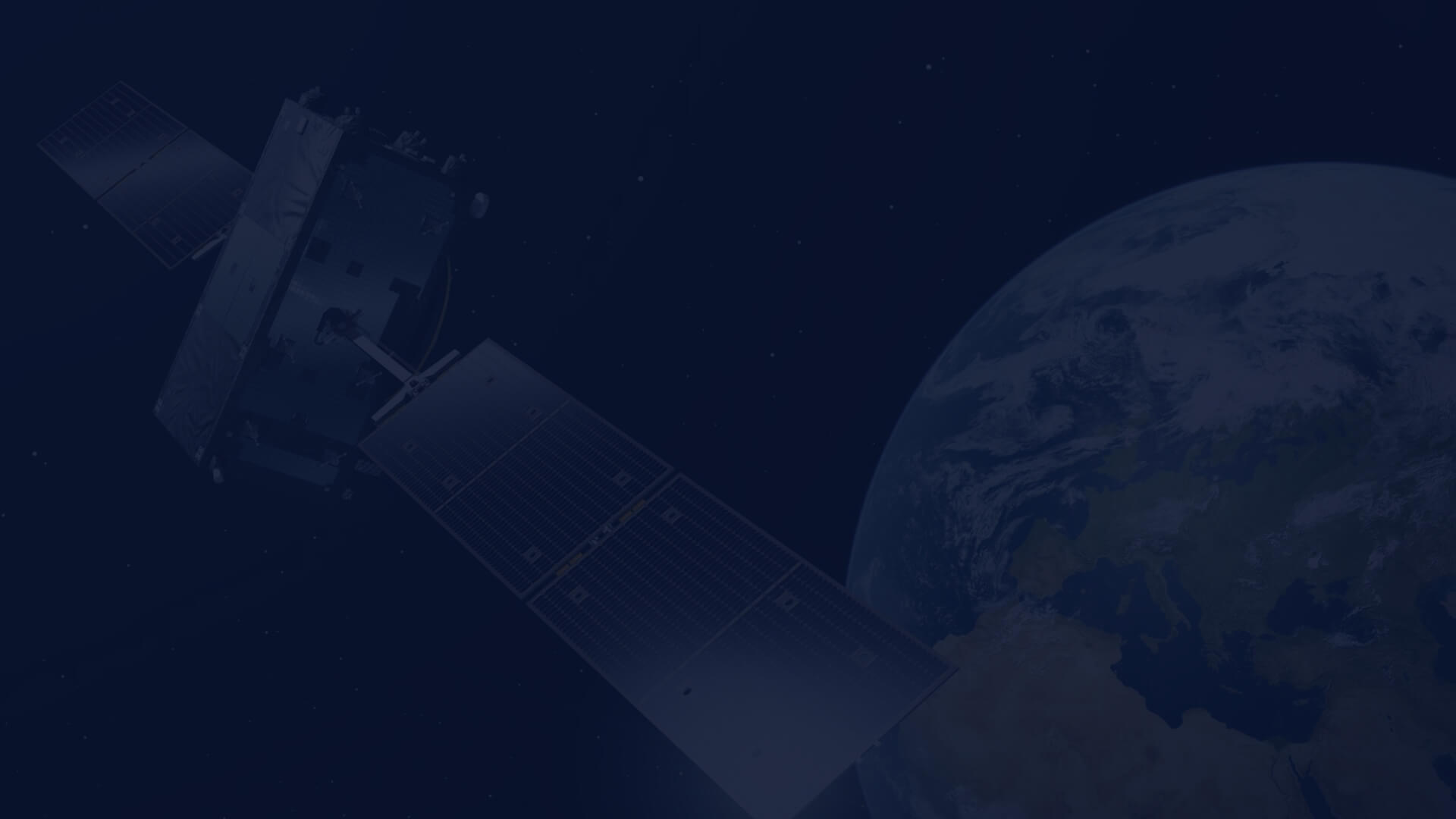Earth Observation data for Emergency response
The most meaningful applications of satellite data are those related to crisis management and response. Earth Observation data can play a crucial role in saving lives and properties, providing valuable source of information in numerous types of emergency. Such events as floods, fires, earthquakes, landslides, droughts etc. can be foreseen, managed and thus their effects can be mitigated.
CREODIAS IN TIMES OF EMERGENCY
Floods, fires or droughts usually impact large areas. It is easier and more convenient to manage them with current and valid information from the satellite level. Added value comes also from its standardization, repetition and objectivity. Elaborated methods can be utilized and applied for any place on Earth just with adjustment to the local environmental and climatological region characterization. Single acquisition depends on spatial resolution and thus can cover various area. The more detailed pixel entails a smaller imaging surface but still bigger than the perception of a man from the earth surface level.
EMERGENCY SUPPORT WITH CREODIAS
Many organizations and governmental institutions are using satellite data to support emergency actions. On global, continental or national scale it is managed by public domain. Important decisions are made base on satellite data, often crucial for citizens life and property. With CREODIAS anybody can use those resources for its own purposes: private companies as well as individuals researches.
One of the Copernicus Services, the Copernicus Emergency Management Service (EMS), is dedicated to emergency situations. Copernicus Early Warning Systems for emergency services and observations acronyms are listed below:
| European systems | Type of incident | Global systems |
| EFAS | floods | GloFAS |
| EFFIS | forest fires | GWIS |
| EDO | droughts | GDO |
Acronyms for global systems responsible for the emergency cases are in the third column.
OPEN DATA FOR EMERGENCY SUPPORT
Open data from Sentinel-1 and -2 as well as Landsat series can provide information in detailed scales thanks to the spatial resolution from 10 to 120 meters in thermal bands. Time is the most crucial and pending aspect for emergency, thus availability and constant provisioning of standardized product can help assure that rescue activities are safe. Information about revisit frequency can tell the user of emergency system how often the satellite images are provided. In case the images are unavailable, they can plan ordering commercial data for the missing time slot. Sentinel-1 constellation of two satellites has 4 day repetition and Sentinel-2 has 5 day repetition. The higher latitude the more often orbits overlap and the more often images are acquired. For example: imagery for Bergen, a Norwegian city located around 60°N, can be acquired each 2 or 3 days which increases the probability of obtaining an image without clouds.
A network of fiords around Bergen City is a difficult-to-reach region that poses challenges to ground-based rescue services.
The most accessible satellite technique is Synthetic Aperture Radar (SAR). It can see through clouds, haze and smoke. As SAR works independently of sun radiation, it can work also at night. The radar technique is able to detect site of fires, flooded zones, areas of snow avalancheor a landslide. Fire, wind, water or soil activities cause land cover changes and thus changes in terrain roughness. The content and physical properties of land are modified and therefore visible from space. It is possible to compare the imagery of before, during and after crisis event using even basic tool in CREODIAS Browser. It allows visualizing ‘in flight’ various indices and RGB compositions. Even without downloading raw data, each user can recognize the potential of available data and products they can generate with more advanced modelling.
The image below presents a comparison of Sentinel-1 VV the day before and several hours after a quick clay landslide, which occurred in the village of Ask in Norway on 30 December 2020. In addition Sentinel-2 L2A True colour on 19 September 2020 in aim to better insight to the previous land cover.
An additional analysis of soil moisture and land movement data obtained by a radar, as well as spectral properties obtained from optical data before an accident may help understand the reasons for landslides and help better manage such situations by alerting and evacuating people before they are in danger.
EARTH OBSERVATION HELPS UNDERSTAND THE RISK
Support on lower informative scales for bigger areas at once can be provided more often with Sentinel-3, ENVISAT MERIS, or even each day with Sentinel-5 and other meteorological systems. Drought impacts huge areas. Medium and high resolution data helps with precision agriculture in the field scale. Nevertheless, a general view is needed for agricultural policy assistance. The risk of drought or fire is often calculated in a low scale in order to locate ‘hot spots’ where more specific action and care is needed. Low resolution data from Sentinel-3 is useful for water chemistry analysis, so for example: an algal bloom or a sewage leakage can be detected preventing poisoning from drinking or using polluted water.
The eruptions of Eyjafjallajökull in 15th of April 2010 influenced aviation flights over the Atlantic ocean and Europe. ENVISAT MERIS archival imagery, acquired in near infrared wavelength, shows situation 2 days after smoke emission began.
ANY TIME
Constant repetition of acquisition and standardized processing procedures ensure access to ready to use data. CREODIAS Earth Observation repository can be used by anyone at any time, wherever they need. Imagery processing algorithms and models can be implemented at any time in any sudden situation, and in any world region.
CREODIAS IN EMERGENCY RESPONSE
Mapping is a well-known and useful cartographic tool in crisis management. Remote Sensing data together with GIS and cloud computing techniques boost mapping potential with current, standardize, objective, rapid and quickly delivered instruments. Satellite data helps assure safety before, during and after dangerous events, which translates into more precise risk location and assessment, more accurate forecasting hence better preparation, rapid crisis investigation, quicker reaction and better losses mitigation.
Author: Sylwia Nasiłowska (PhD), Project Manager, CloudFerro

